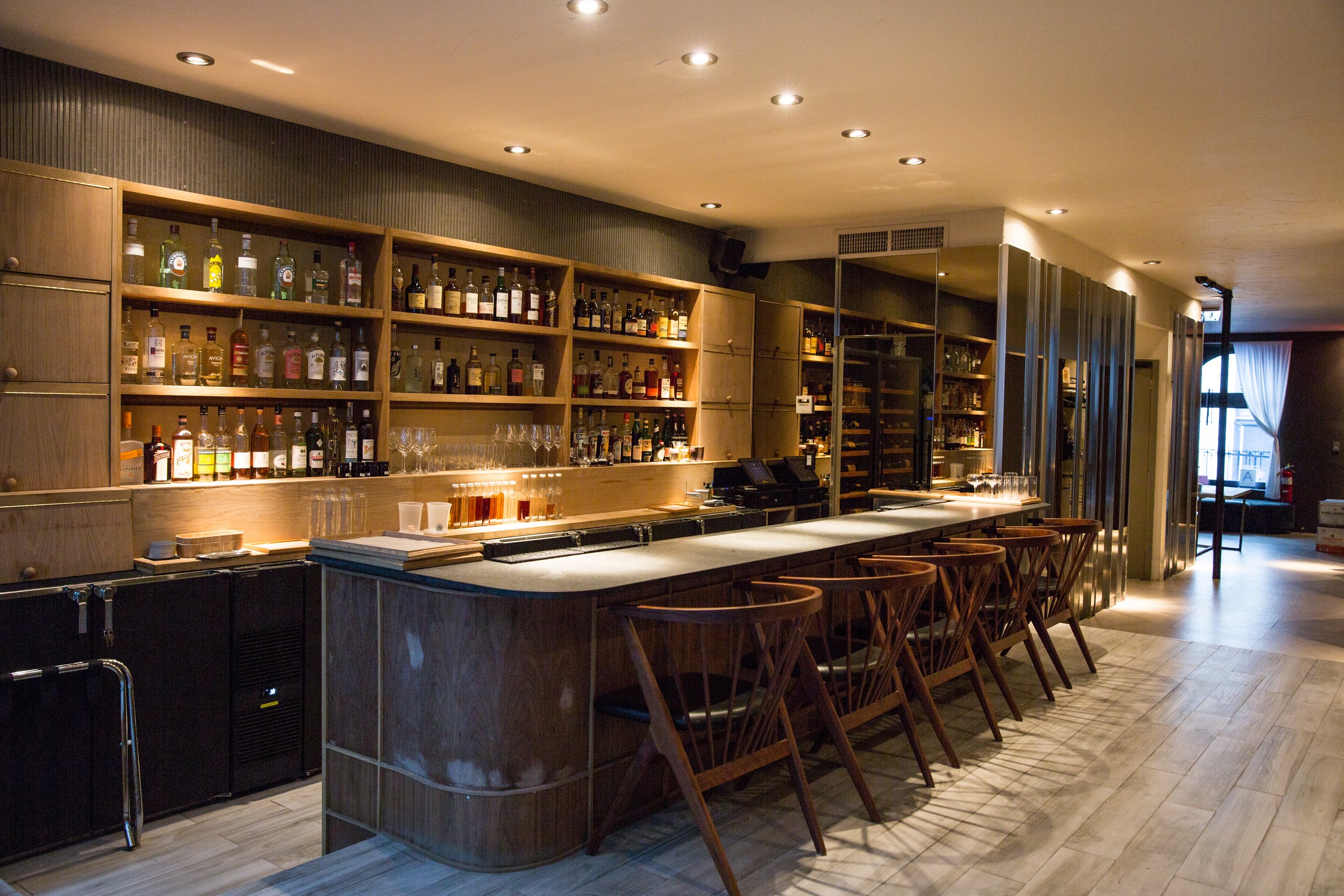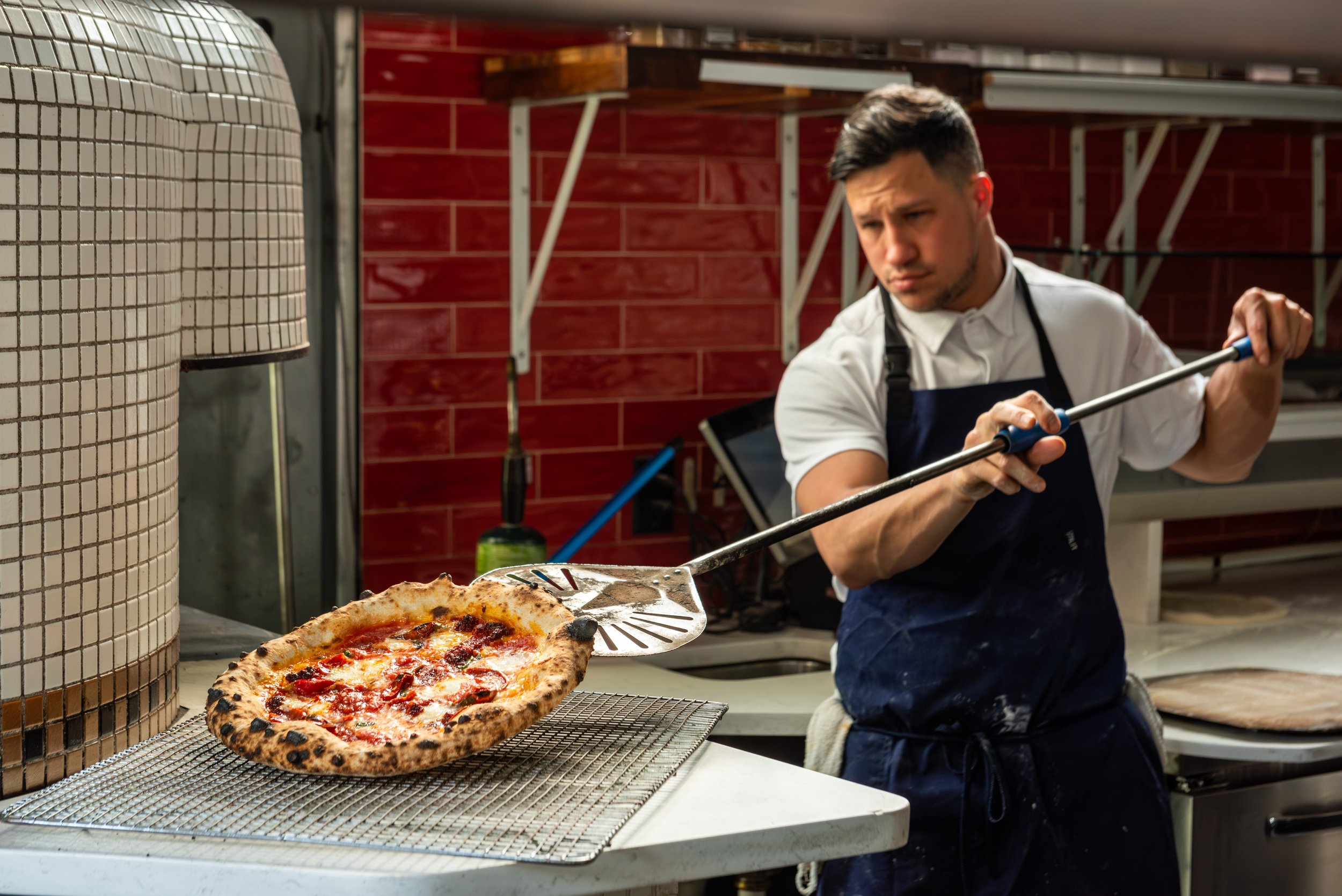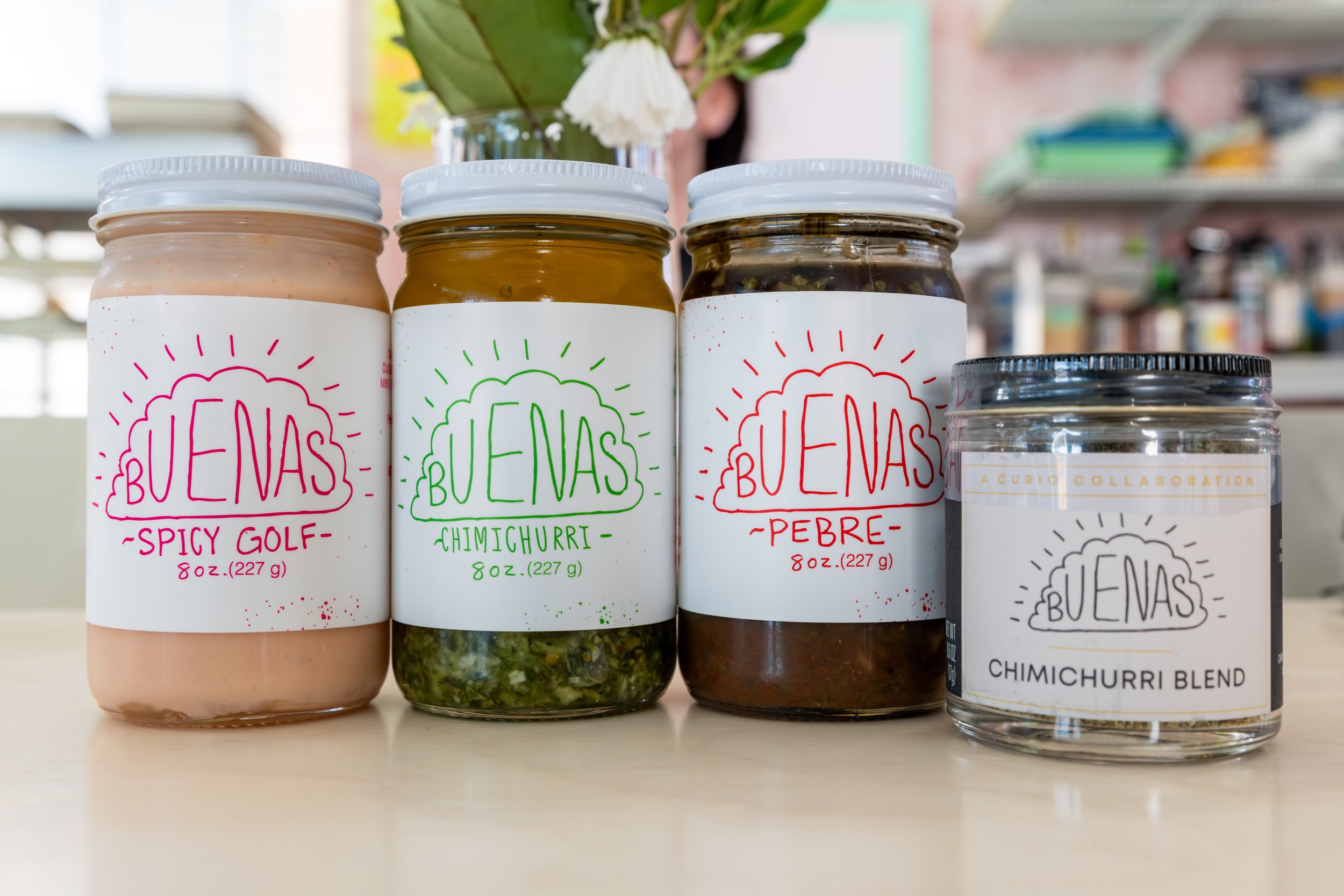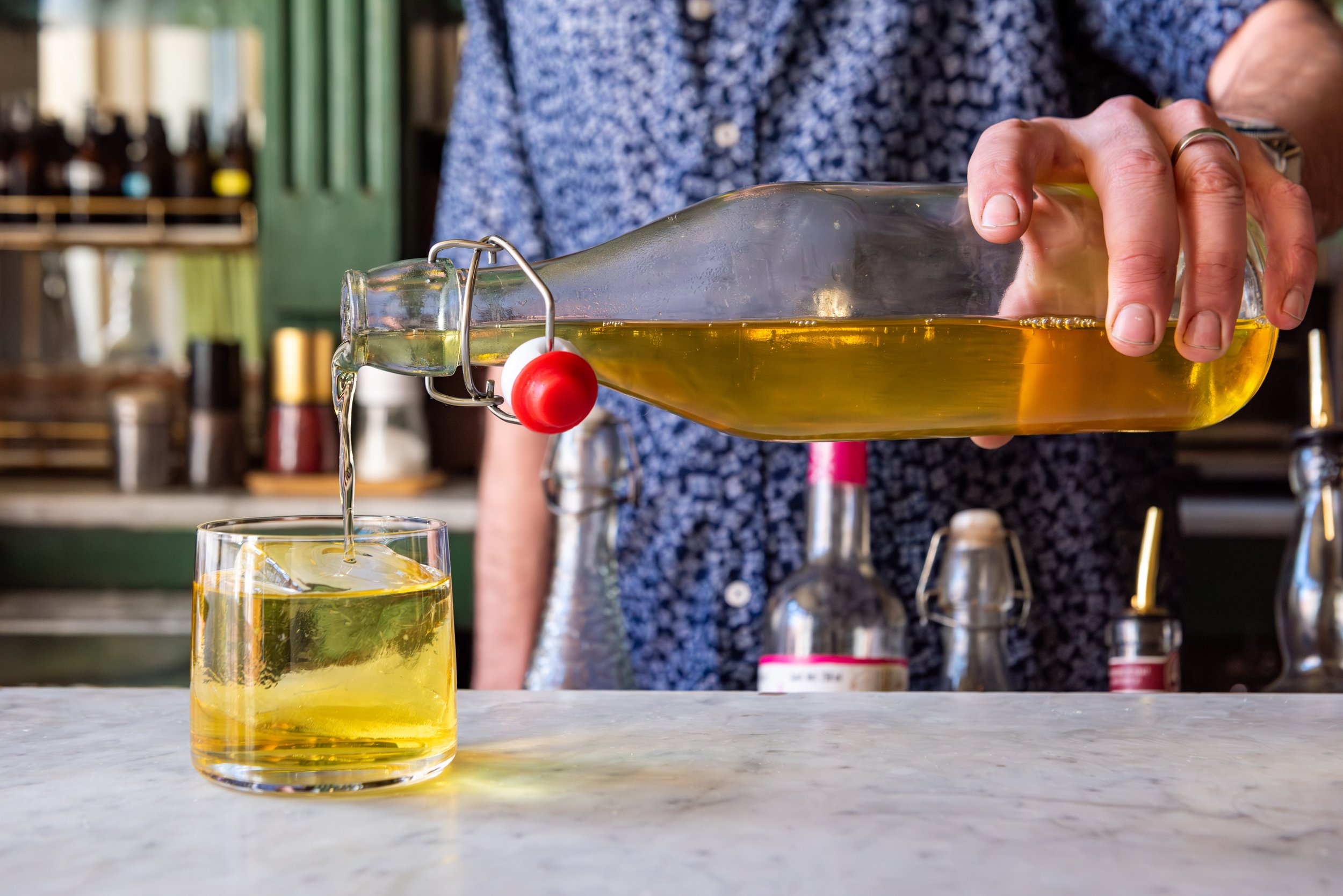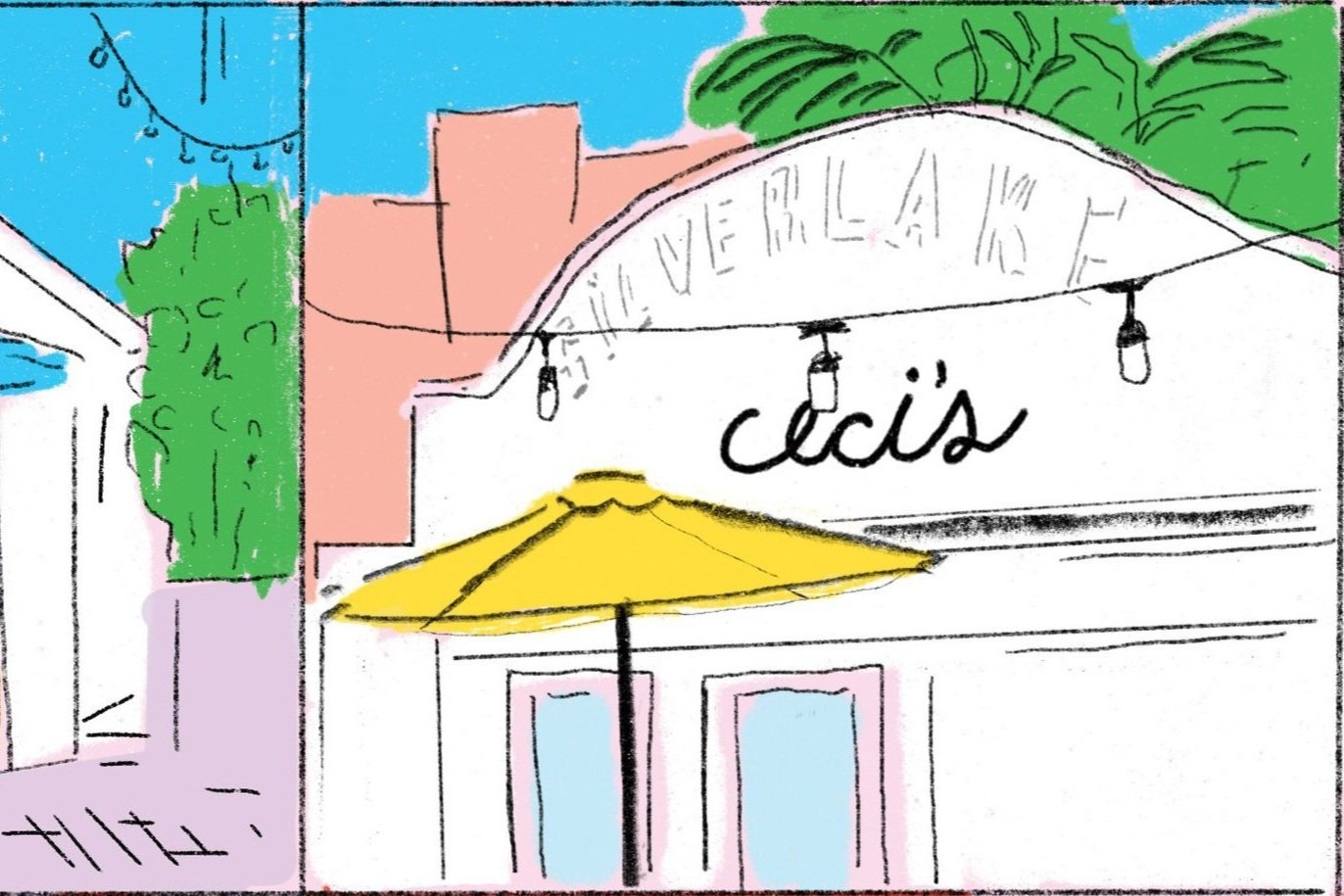What's Fueling Ford?
Ford Fry is opening more restaurants than you this year. And he’s loving every minute.
Ford Fry is set to have a busy 2018. Once the proprietor of a single exceptional Atlanta restaurant, his group now employs 1,200 people. By the end of 2019, he will add 11 restaurants to his current portfolio of 12, and in conjunction with the launch of a Tex-Mex division, the group is expanding to Charlotte, Nashville, New Orleans, and Houston—with plans for a robust presence in Austin and Dallas, too. And Fry is having a blast. We spoke to him early in the year to see what’s fueling the group’s gangbuster growth, how his role has evolved from cook to visionary, and what advice he has for young chefs in Atlanta.
JCT Kitchen is more than seven years old. How do you go about building a restaurant that has longevity?
I had to lose my ego right out of the gate. Some chefs think, “I’m going to cook my food, and people will come.” I never believed that, and I watched other restaurants do that and fail. You need to be proud of what you do, but you’re cooking for the customer. I had a guest early on—and he didn’t even know who I was—he said, “You know what I like about this restaurant? The chef isn’t trying to cram his food down my throat.” A lot of that cramming is in menu verbiage, writing a menu to impress other chefs. We took technique, and used those words in the kitchen, but didn’t put them on the menu.
Also, at the time, for upscale casual restaurants, we also were on the lower side of the price point, with upper teens to low 20s for entree prices. That value perception was huge, and even in 2008, JCT never really lost ground. Revenue went up 15 percent to 20 percent every year, recession or not.
What has changed since JCT opened?
2007 marked the end of one guard of the large restaurant groups. A lot of them were location specific and right up the pipeline in places like Buckhead, off Peachtree, prime locations. When I got going, it was more about getting restaurants into communities and neighborhoods rather than the central pipeline. JCT was in a backside basement, and it was about the find. Atlanta really embraced it, and it proved that people in Atlanta really like finding that cool little spot.
Pre-2007, it was hard for chefs to get into their own restaurants due to landlord restrictions—having to secure a lease, personal guarantees, etc. Landlords are skeptical about people with no net worth. Over time, the cool thing that happened was that landlords started seeing that neighborhood restaurants could be successful, and they eased up on restrictions. It took the city to another level. Now, recruiting people is hard. All the good ones have their own restaurants.
What kind of funding did you need to fuel your current growth?
Did you take on new partners, get a capital infusion, or hit the lottery? My first two restaurants were a limited partnership: me, my brother-in-law, Wil Van Loh, and a few guys we both knew. Once we started the Optimist, we formed a new company, a partnership between me, Nick, and his younger brother, Daniel [Van Loh], who’s our CFO. We brought on Toby Franklin as a partner and COO after No. 246. During that time, we had a big growth spurt, where the speed of growth and capital exceeded the restaurants’ cash flow. Now we’re going through another high rate, and we’re using some cash, some of my brother-in-law’s money—he keeps contributing—and a little bit of bank debt. You hear nightmare stories from chefs who have to bring in partners, and it blows up. It never fails, the one with the money wins. All of our restaurants make good returns, and we’ve been really lucky.
What organizational structure have you put in place?
After we opened No. 246, from that point, I began to think about what happens to chefs after they hit the executive chef range, people in their late 30s early 40s. They’re getting older and can’t work the line every night. I was passionate about taking those people and bringing them along as we grew. We now have executive chefs at the restaurants and vice presidents above them. We currently have three VP chefs with one focused on Tex-Mex growth, one on current restaurants, and one on upcoming restaurants. We also have three VP operations people. We meet weekly, and we’ve added the whole office structure with human resources, accounting, and development.
What does your day look like?
I’m free to be the visionary. I deal mainly with new development, branding, and design—all the fun parts. I also look back at existing restaurants to make sure they’re fresh. I notice that a lot of restaurants, over time, go by the wayside, when owners don’t want to put money into them. I like to refresh restaurants before they’re tired. I’m doing a Tex-Mex cookbook, too.
Tell me more about your big Tex-Mex push.
We have two concepts: Superica and El Felix. Both are Tex-Mex with similar menus, but El Felix is more for new construction, more suburban, and family friendly. Superica will be used in urban redevelopment, where there’s an old building. Live music may come into play. I didn’t want to have a Superica in a cool old building and one in a mall somewhere. We have two of each in Atlanta. Then there’s a Superica and El Felix planned for Charlotte, and a Superica for Nashville, Houston, and New Orleans.
How do you determine the central idea of your concepts?
It always starts with the location instead of the concept. I think that’s important. Location is the community. What’s the right price point? What’s missing? You always have to be passionate about it, or it wont work. What’s needed? We have so many restaurants these days—we don’t need another Southern restaurant in Atlanta.
What does Atlanta need?
There are no experience-driven, authentic Asian restaurants like in San Francisco or Los Angeles. It’s been on my mind, but it’s not something I can do unless it’s a chef partnership.
A lot of chefs in town think the market is saturated. What’s your take?
Competition is driving people to be better, and driving out someone who isn’t performing. Real estate is getting tight. There aren’t a ton of cool old buildings with parking in Atlanta. There is a bunch of new construction, but guests don’t like new construction; there’s no soul to it.
Like the rest of the country, Atlanta’s labor market is incredibly tight, and there’s not yet a large influx of culinary talent moving to Atlanta as is the case with cities like Charleston, Austin, and Denver, for example. Why? It’s tough because some of those towns have an edge. But when a chef opens a restaurant in Austin or Charleston, they’re coming in doing $2.5 million. It’s hard to succeed on that. There’s concentrated talent and oversaturation based on the population. Atlanta is pretty cool, not as cool, but it has the people. Maybe people will figure it out and start moving here!
How are you recruiting?
We have to hire really green people and offer a lot of classes and training opportunities for the staff to keep growing. Our group is lucky. People see growth on the horizon. I think other people in town may struggle if they don’t have that future growth.
What’s your advice for young chefs working toward opening their first restaurant?
Do something small and really learn it. When JCT opened, it was doing $2.5 million a year. An older guy came in, he had opened Capital Grille, and I talked to him in year one. He looked at me and said, “Hey, Ford, wait until you get JCT to $5 million before you grow.” And then we ramped up to $6.5 million. I focused. I made it my mission to learn every day. How can we make this better, cleaner, a more positive experience for the guests? Once I did that for five years at JCT, the floodgates just opened. Learn your business, understand why sales do what they do. Learn about running a profitable business. Unless you’re independently wealthy, you have to be able to prove that investors can get their money back with the return they want. Once you earn that trust, you got ‘em. That’s how it works. People with money don’t want to lose it.
What has been your challenge amid all this growth?
Figuring out how to keep morale up and maintain our culture. It stems from the top, and the faster you grow, the faster it can dissolve. Sometimes I see people under me treating people in a way that I wouldn’t. Some people have that nature; they’re a little afraid of someone below them outshining them. My life’s mission is to elevate my staff as much as I can. We’re working to find our cheerleaders, support them, and let them loose. We’ll take a handful of people who embrace our culture to help open Nashville, so they can start it out of the gate. If you don’t get it right out of the gate, it’s almost impossible to change.
How much is enough?
I don’t know. I’ll know more once we get through a couple more years. The immediate goal is to get our Tex-Mex concepts up to 15 or 16 locations while keeping them fun and unique. Others are more opportunity-based, what looks fun. At some point, something has to stop. Restaurants have a lifespan.



